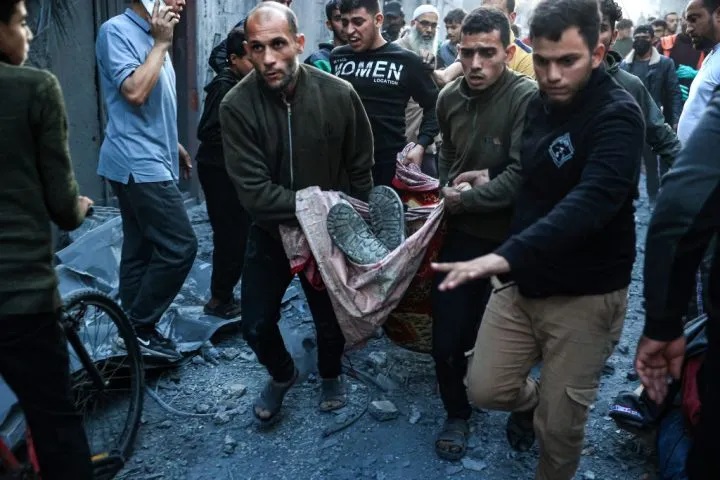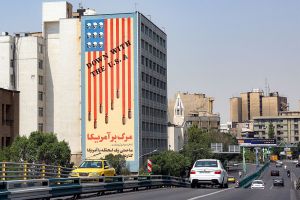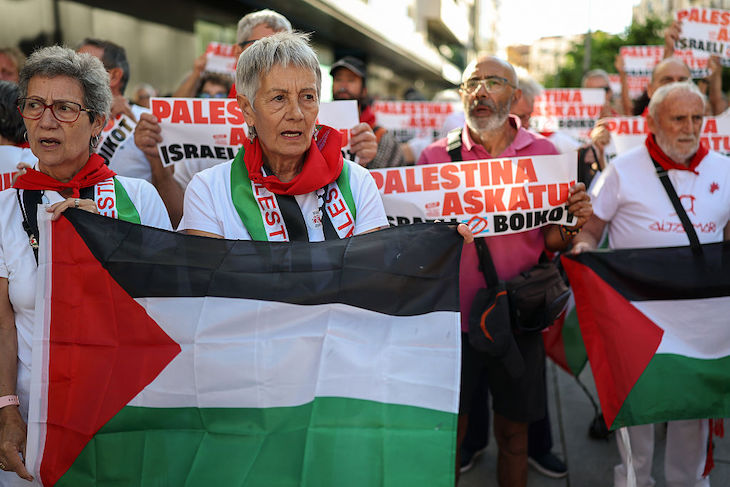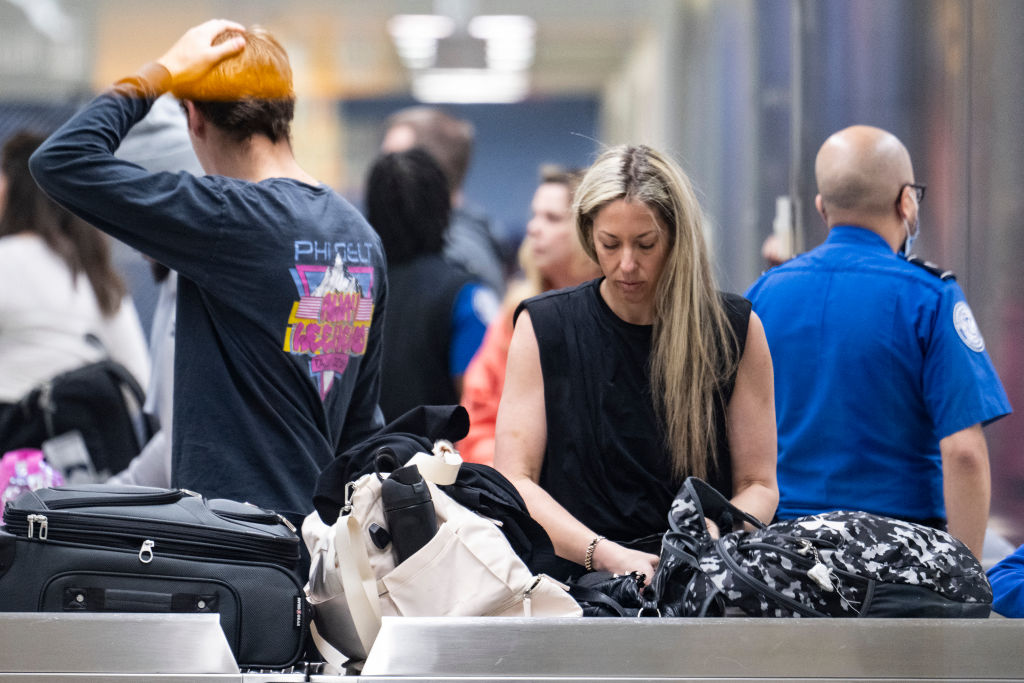The conflict in Gaza could be about to reach a defining moment. After weeks of air strikes, artillery bombardments and drone attacks, the Israeli Defense Forces appear to have the Hamas leadership and those remaining fighters still loyal to the group’s murderous ideals trapped in ever-shrinking pockets of land.
Intense street fighting is now taking place between Israeli troops and Hamas gunmen in the southern city of Khan Yunis, believed to be the last stronghold of the terrorist group. In the north, Hamas’s general headquarters, located within the Jabaliya refugee camp, has been occupied after a three-day operation involving a naval commando unit and elements of the Israeli army’s 551st brigade.
The growing number of civilian casualties risks becoming a huge strategic miscalculation for Israel
But with Israel’s military success comes the ever-increasing chorus of international condemnation over the seemingly endless rise in Palestinian civilian casualties. For both sides in this increasingly bloody war — over 349 Palestinians were killed in a single twenty-four hour period between Sunday and Monday — time is proving to be a crucial and potentially game-changing factor.
IDF commanders are fully aware that their operational room for maneuver will be limited by the Israeli government’s ability to ignore the growing clamor for another ceasefire. This may be why the tempo of IDF military operations has increased in recent days. Equally, Hamas’s leadership knows that the longer it can hold out, the greater the chance of Israel agreeing to another ceasefire. As long as Prime Minister Benjamin Netanyahu wants to see the remaining Israeli 137 hostages freed, the greater the chance the organization will actually escape total annihilation.
The question of time, or the lack of it, was addressed by Israel earlier this week when Netanyahu’s spokesman acknowledged that they were under growing pressure. Eylon Levy said “Though Israel sees the conflict as far from over, international pressure to conclude the armed conflict is rising.”
In something of an extraordinary move, Levy then said Israel is open to any “constructive feedback” on how it should target Hamas while minimizing harm to civilians. The southern half of Gaza has now been swollen by almost one million displaced Palestinian civilians who left their homes in the wake of the conflict. Levy said:
We’re moving ahead with the second stage now. A second stage that is going to be difficult militarily. Any constructive feedback that we get, any serious military strategic advice about how to target Hamas while minimizing harm to civilians, we will of course mention.
The Israeli army says it is acting with maximum force against Hamas while minimizing harm to civilians. But when the IDF entered the center of Khan Yunis, the reality is that thousands more civilians became casualties of war.
While no sensible person will mourn the impending demise of Hamas, the growing number of civilian casualties risks becoming a huge strategic miscalculation for Israel and its prime minister. For this reason, DoD’s Lloyd Austin last week urged Israel to protect the civilian population in Gaza, cautioning that failure to do so could turn tactical victories into strategic defeats.
“In this kind of a fight, the center of gravity is the civilian population. And if you drive them into the arms of the enemy, you replace a tactical victory with a strategic defeat,” Austin said at the Reagan National Defense Forum in California. “So I have repeatedly made clear to Israel’s leaders that protecting Palestinian civilians in Gaza is both a moral responsibility and a strategic imperative,” he added.
Meanwhile, the “pulverizing” of the Gaza Strip now “ranks among the worst assaults on any civilian population in our time and age,” said Jan Egeland, the head of the Norwegian Refugee Council. “Each day we see more dead children and new depths of suffering for the innocent people enduring this hell.”
According to Egeland, close to 2 million people — almost the entire Gazan population — have been displaced and nearly two-thirds of homes have been damaged or destroyed. Egeland also called for accountability for those behind Hamas’s October 7 attacks, and for the release of all hostages. He added that the “siege on an entire civilian population and the trapping of bombarded civilians behind closed doors in Gaza” are “also crimes under international law.” “The situation in Gaza is a total failure of our shared humanity. The killing must stop,” he said.
Amongst some Israelis, there will be sympathy for the plight of Palestinians caught up in the fighting in Gaza. But public anger over the details emerging of the unspeakable atrocities committed by Hamas on October 7 is likely to ensure that public support for the conflict remains strong, at least for the time being.
This article was originally published on The Spectator’s UK website.


























Leave a Reply